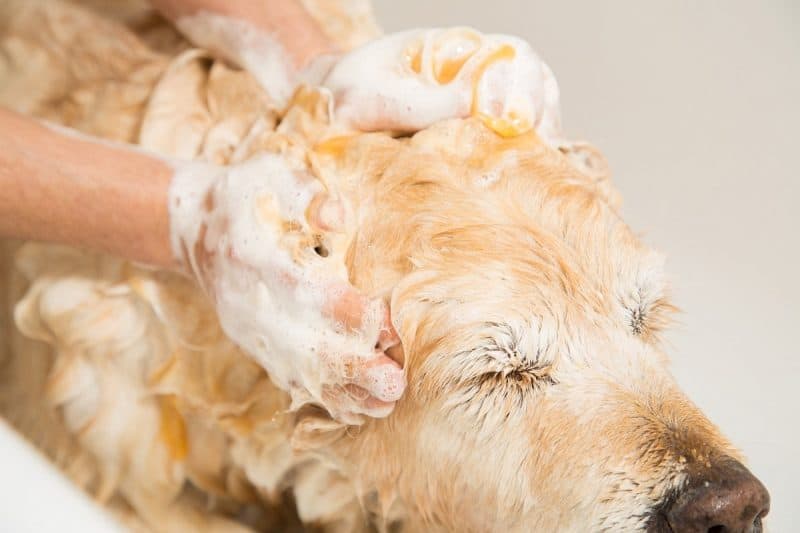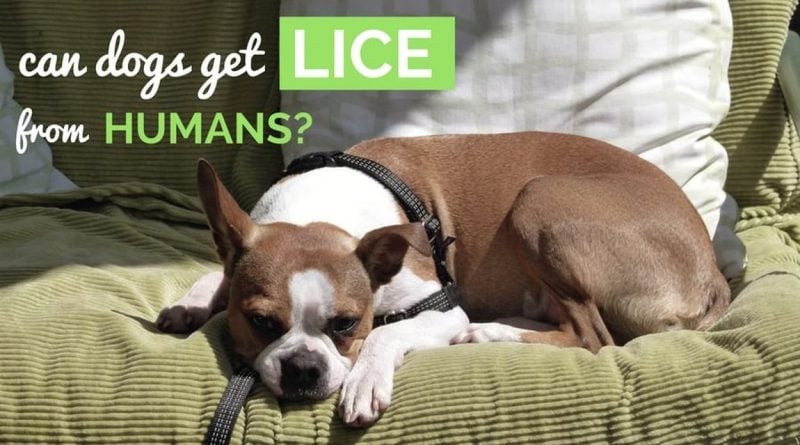Knee scrapes and small cuts are low-drama events for most parents. You wash the wound, slap on some Neosporin, cover it with a band-aid and send the walking wounded on his or her way.
But this same scenario may give pet parents pause. After all, many seemingly benign things are toxic to dogs, including some of the most common over-the-counter medicines for humans.
However, Neosporin and similar products are generally recognized as safe for use with dogs.
We’d still suggest that you contact your veterinarian before using Neosporin (or any other medication) on your dog; but many canine authorities agree that you’re good to go when it comes to using it on your dog’s small cuts and other wounds.
Key Takeaways: Can I Use Neosporin on My Dog?
- Although it is always wise to contact your vet anytime your dog becomes injured, most authorities agree that it is safe and helpful to apply Neosporin (triple-antibiotic) to your dog’s minor wounds.
- Despite being generally recognized as safe, you should do as much as possible to prevent your dog from licking the medication, such as covering the wound with a bandage or fitting your dog with an e-collar.
- If you like, you can purchase triple-antibiotics that are specifically designed for dogs. These usually have very similar composition to human products, but there’s no harm in using these products instead.
What Is Neosporin?
Neosporin is the brand name for a popular, over-the-counter first aid ointment. Its primary purpose is to help kill off bacteria lurking in your pet’s wound, thereby preventing infection and helping to accelerate the healing process.
In its original formulation, Neosporin features the same three antibiotic compounds as several other brands and generic products. There are minor differences between the inactive ingredients of these products, but they are essentially similar medications. Collectively, they are commonly known as triple-antibiotics.
Triple-antibiotics typically contain three different anti-bacterial agents: bacitracin zinc, neomycin sulfate and polymyxin B sulfate.
However, some formulations may contain additional medications, such as lidocaine or pramoxine hydrochloride for pain relief. Others may contain lotions or fragrances.
Lidocaine and other pain-killing drugs may make the medication more toxic than the original formulation, while lotions and fragrances may make the ointment even more irresistible to your pup, further exacerbating the problem.
Accordingly, you should try to use no-frills triple-antibiotics, without any added medications, unless otherwise advised by your vet.
What Is the Concern?
Most authorities agree that triple-antibiotics are not toxic to dogs in small doses. In fact, both the Humane Society of the United States and the Cornell College of Veterinary Medicine encourage dog owners to keep a tube of triple-antibiotic ointment in their dog’s first aid kit (though they only recommend using it after consulting a vet).
However, other authorities, such as the Pet Poison Hotline, indicate that triple-antibiotics may in fact be toxic for dogs. Although they are something of an outlier in this regard, it is still wise to contact them or your vet if you suspect your dog has consumed a significant amount of the medication.

In either case, the more Neosporin your dog eats, the more likely he is to fall ill. This is especially true of small dogs, who needn’t ingest as much of the medication as large dogs to obtain a higher “dosage.”
This tends to be true for any substance toxic to canines – larger dogs can usually get away with ingesting small accidental amounts of toxic foods without suffering serious issues, while smaller dogs can easily end up consuming a dangerous dose.
Some vets also point out that Neosporin and similar products can reduce the rate at which your dog’s wound heals if used over a lengthy period of time. Accordingly, many vets instruct the owners to limit its use to a few days.
What Is the Upside of Using Neosporin On Your Dog?
Many vets still find that the benefits of Neosporin and similar products outweigh the risks.
The anti-bacterial medications in the ointment will help to keep the wound from becoming infected, and potentially help it heal quicker. This is not an insignificant benefit, as even minor infections can lead to serious, systemic illness.
Additionally, triple-antibiotic ointments provide a small measure of protection for the wound, by shielding it from dirt and debris. They may even help to keep flies and other insects from visiting the wound and spreading bacteria or parasites.
Location, Location, Location
The site of your dog’s injury may influence your vet’s advice for using a triple-antibiotic ointment. For example, if your dog is suffering from a wounded snout, triple-antibiotics may not be a great idea, as your dog will likely lick the medication as fast as you can apply it.
Wounds in other locations may present the same problem, as dogs are able to access most of their body surface with their mouths, and that gooey Neosporin can be quite appealing to licky dogs.
However, wounds under your dog’s chest, on top of his head or on his neck are often difficult for him to access, which means that any ointment you apply to the wound is likely to remain in place and uneaten.

Your veterinarian may advise you to cover the wound with a clean dressing while it heals, which may prohibit your dog from accessing the wound and medicine with his tongue.
Just be sure that you understand how to properly apply the bandage, as an improperly fitted bandage that rubs your dog’s wound or restricts blood flow can be harmful. A poorly placed bandage can be worse than no bandage at all.
If you’re unsure, ask your vet to demonstrate the proper way to bandage your dog’s boo boo.
Alternatively, your vet may encourage you to fit your dog with an e-collar, which will effectively humiliate prevent him from licking off the medicine.
Pet Specific Triple-Antibiotics
Some pet owners may feel more comfortable using triple-antibiotics that are specifically marketed for dogs and cats than they would using those designed for human use.
In this case, you may want to opt for something like MWI Triple Antibiotic Ointment, which is advertised as a suitable first aid medication for dogs.
However, these products differ very little – if any – from those designed for human use. But if it makes you feel better, there’s little downside to using such products instead of those marketed for human use.
***
Have you ever used Neosporin or a similar product to help your dog heal? What was your experience like? Did your pup try to lick it off, or did he ignore the medicine and let it do its job?
Let us know on Twitter, Facebook or in the comment section below!









Leave a Comment